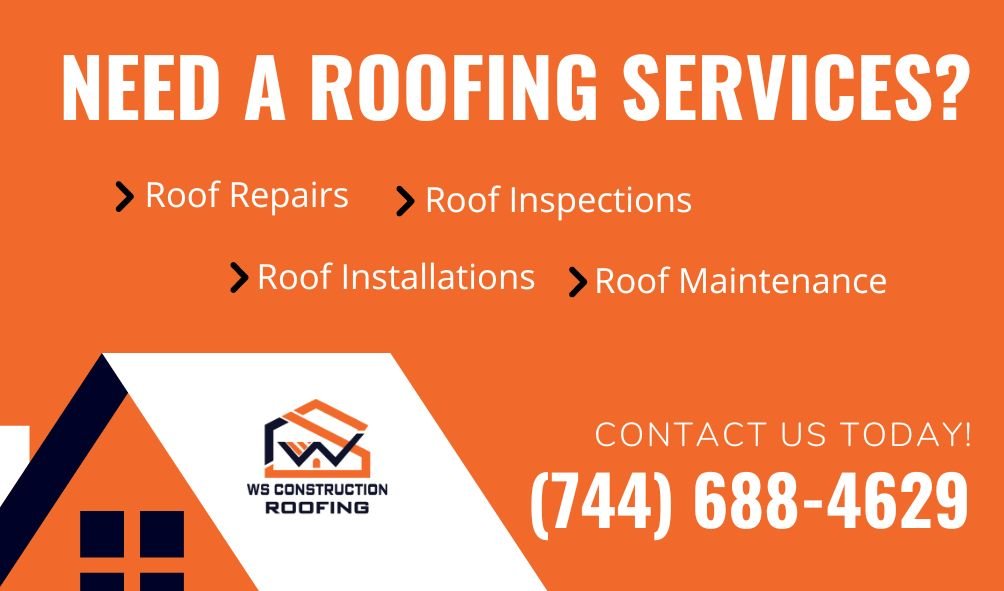How to identify and repair roof damage after a storm
Learn how to spot and fix roof damage after a storm to safeguard your home and prevent further issues.
After a storm, your roof might have sustained damage that, if left unchecked, could lead to costly repairs. Identifying and addressing these issues promptly is crucial for maintaining your home’s integrity. By following a systematic approach, you can assess the damage and decide whether to tackle repairs yourself or hire a professional. Here’s how to navigate the post-storm process.
Initial assessment from the ground
Start by examining your roof from the ground. Look for visible signs of damage, such as missing shingles, dents, or debris. Using binoculars can help you get a closer look without climbing up. Also, check for fallen branches or other debris that might have caused impact damage. This initial assessment provides a baseline for understanding the extent of the storm’s impact.
Inspecting for leaks and interior damage
Next, head indoors to inspect for leaks and water stains on ceilings and walls. These are telltale signs that your roof might have been compromised. Pay attention to your attic, as it’s often the first place where leaks become apparent. Identifying leaks early can prevent more severe damage, such as mold growth or structural issues, from developing over time.
Conducting a rooftop inspection
If you’re comfortable and it’s safe, conduct a rooftop inspection. Look for damaged or missing shingles, cracked flashing, and clogged gutters. These issues need immediate attention to avoid further damage. However, if the roof looks unstable or you’re unsure, it’s best to call a professional. Safety should always be your priority during this process.
Repairing the damage
Once you’ve identified the damage, decide whether repairs are within your skill set or require professional assistance. Minor fixes, like replacing a few shingles, can often be done yourself. However, extensive damage, especially structural issues, should be handled by professionals. Prompt repairs not only restore your roof’s integrity but also prevent future problems.
- Examine the roof from the ground for visible damage.
- Check indoors for leaks and water stains.
- Conduct a rooftop inspection if it’s safe.
- Decide between DIY repairs and professional help.
In conclusion, quickly identifying and repairing roof damage after a storm is essential for protecting your home. By thoroughly assessing the situation and taking appropriate action, you can prevent minor issues from escalating into major problems. Remember, when in doubt, consult a professional to ensure your roof is safely and effectively restored.





